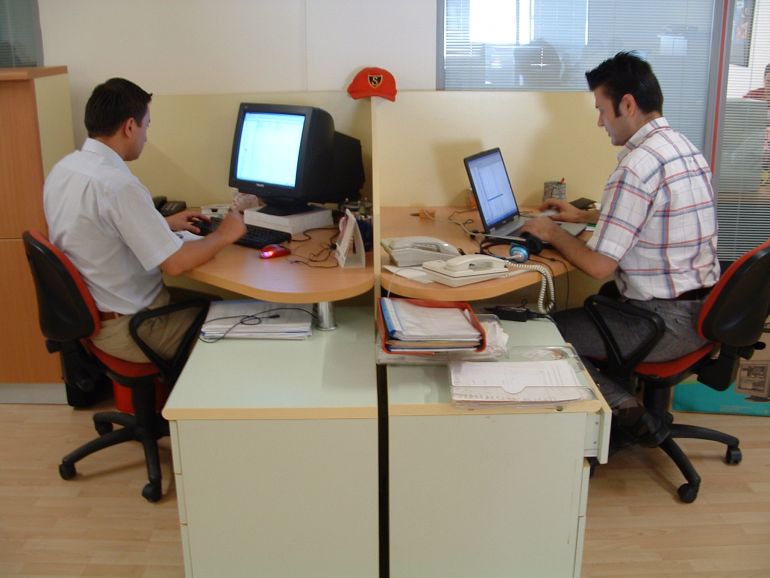Global Occupancy Costs – Offices (GOCO) is an annual report published by DTZ, a UGL, presenting office occupancy costs for tenants. The analyses show that these costs have increased by 1% worldwide. The report indicates differences between various regions. On some markets a steady growth was observed, whereas others – e.g. the United States – noted weaker levels of demand due to economic and political uncertainty.
DTZ's report assesses the main components of occupancy costs per workstation, taking into account the required space per employee, which differs countrywise. Therefore, the analysis does not concern the rental costs per square metre, but rather assesses the cost of required space per workstation.
In 2012, the largest reduction of operating costs was observed in the USA, where rental costs dropped by 10.9% due to the decrease of average space per employee. However, the USA still offer the largest average office space per workstation among all the analysed markets.
Rental costs have increased in North and South America (0.6%), Europe (0.9%), as well as the Middle East and Africa (1.4%). The largest increase was recorded in North and South Asia (6.3% and 3.7%, respectively). It was caused by a strong domestic demand and the activity of non-financial companies. Within this region, the rental costs grew mainly in Beijing (17.7%) and Jakarta (20.7%).
“The US was undoubtedly one of the stories of the year, with occupancy costs per workstation falling in every city. Demand for space was low, reflecting a sluggish labour market and weak corporate sentiment, but the biggest reason for the decline was a trend across the board for greater space efficiency. We do however expect US occupancy costs to increase over the next two years, albeit at a muted rate compared to elsewhere in the world.” - commented Karine Woodford, Head of Occupier Research at DTZ.
In 2012, London West End became the world’s most expensive business district. Rental costs in the area amounted to US$23,500 per workstation, which is three times larger than average. It was followed by Hong Kong, which had held the fist position the previous year. Among the analysed markets, the cheapest one is Surabaya, where the annual cost per workstation does not exceed US$1.610. Surabaya is followed by Hyderabad and Chongqing.
The report stresses significal differences between rental costs in luxurious office blocks located in city centres and those located in the outskirts of cities. The largest discrepancies exist in Shanghai (131%), the lowest – in Stockholm (17.5%).
Karine Woodford said: “In the current economic climate, occupiers are increasingly looking at alternatives to prime office space. The biggest differences can be seen in Shanghai and Moscow, where occupying prime costs over 100% more than taking space in an average grade building. In markets such as Stockholm, London City and Sydney the difference in cost in occupying prime compared to secondary is less pronounced, although cost savings of at least 20% can be achieved. London West End is the least affordable location in the world for occupying both prime and secondary office space.”
According to DTZ's prognoses, average rental costs will increase by 2.3% within the next two years.
Below you will find the full version of the report in a PDF file.
Download PDF